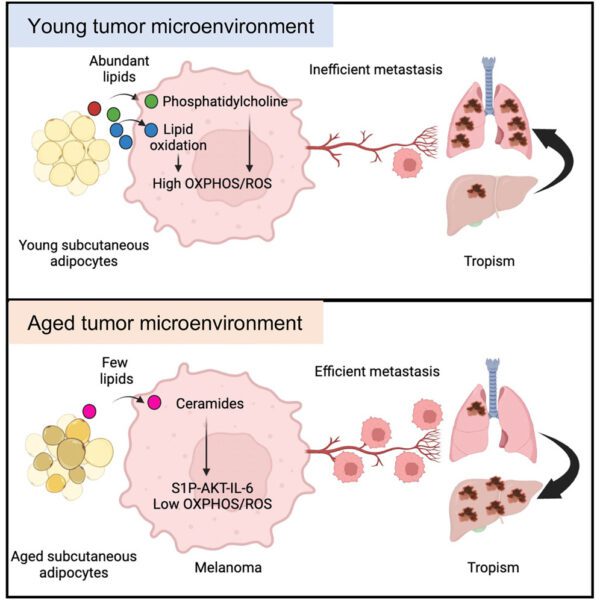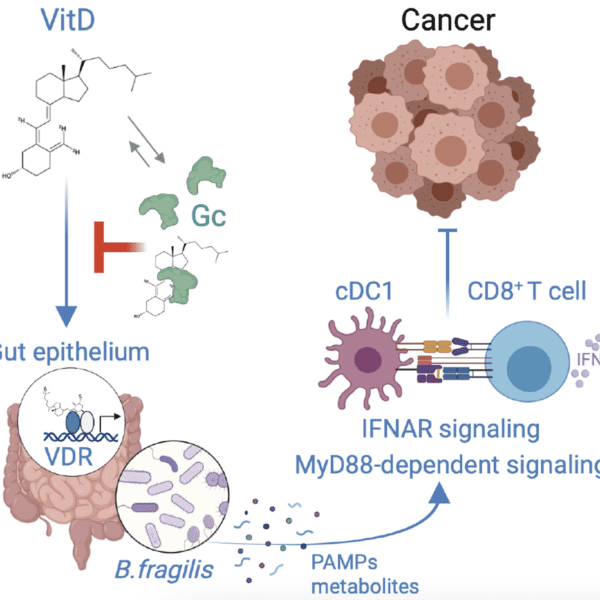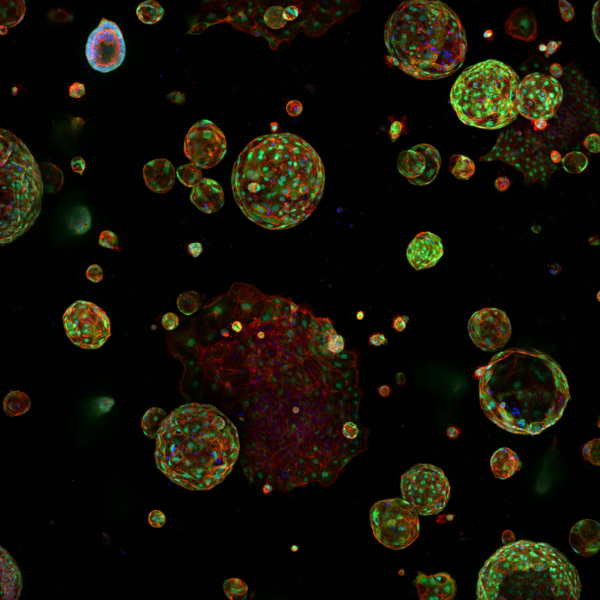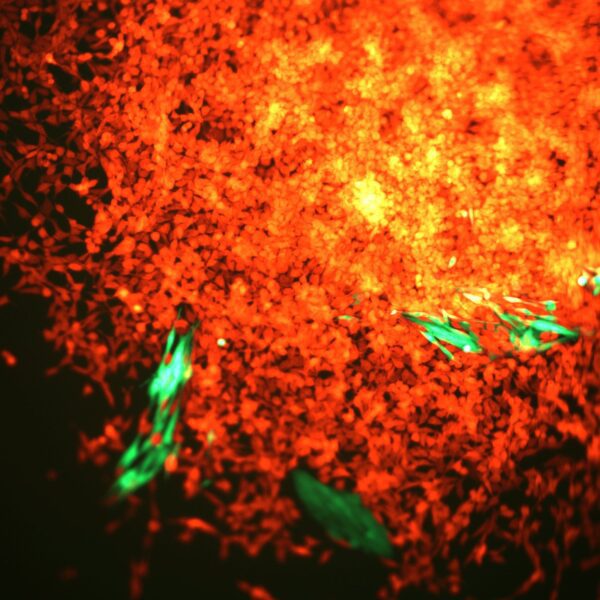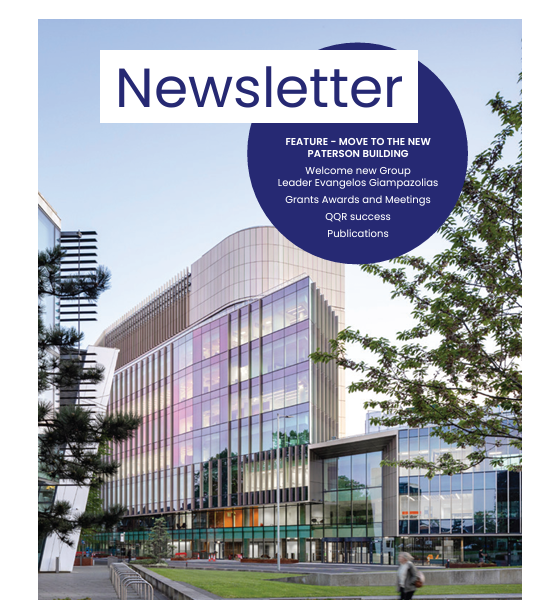acute myeloid leukemia (AML)
acute myeloid leukemia (AML)
RUNX1-ETO and RUNX1-EVI1 Differentially Reprogram the Chromatin Landscape in t(8;21) and t(3;21) AML
Loke et al. compare the regulatory signature of two related types of acute myeloid leukemia, t(8;21) expressing RUNX1-ETO and t(3;21) expressing RUNX1-EVI1.
Additional cytogenetic features determine outcome in patients allografted for TP53 mutant acute myeloid leukemia
Loke et al show presence of TP53 mutations in acute myeloid leukemia (AML) are associated with an inferior outcome after an allogeneic stem cell transplant.
Posttransplant MRD and T-cell chimerism status predict outcomes in patients who received allografts for AML/MDS
Authors find presence of posttransplant MRD has an adverse prognostic impact on the outcome irrespective of pretransplant MRD in patients with AML/MDS.
An in vivo barcoded CRISPR-Cas9 screen identifies Ncoa4-mediated ferritinophagy as a dependence in Tet2-deficient hematopoiesis
Authors use barcoded in vivo CRISPR-Cas9KO screen to identify Ncoa4 as a dependency in Tet2-mutant HSPCs and reveals a promising therapeutic target for early intervention.
Luciano Nicosia receives Blood Cancer UK Early Career Advancement Fellowship
Dr Luciano Nicosia has been awarded a 3-year Early Career Advancement Fellowship with Blood Cancer UK.
Revolutionising stem cell transplants to treat acute myeloid leukaemia
With funding from Blood Cancer UK, Mark Willams and Robert Wynn are setting up a clinical trial that aims to transform stem cell transplantation and offer new hope for many young adults with AML.
Frequent derepression of the mesenchymal transcription factor gene FOXC1 in acute myeloid leukaemia
Somerville et al. report frequent derepression of FOXC1 in human acute myeloid leukemia in association with the HOXA/B locus. FOXC1 contributes to monocyte lineage differentiation block and enhanced clonogenic potential and collaborates with HOXA9 to accelerate leukemia onset in vivo.
Enhancer activation by pharmacologic displacement of LSD1 from GFI1 induces differentiation in acute myeloid leukemia
Maiques-Diaz et al. report that, while LSD1 inhibitors target both scaffolding and enzymatic functions of the protein, drug-induced myeloid leukemia cell differentiation is primarily due to the disruption and release from enhancers of GFI1/CoREST complexes, leading to the activation of subordinate myeloid transcription factor genes.
The Oncogenic Transcription Factor RUNX1/ETO Corrupts Cell Cycle Regulation to Drive Leukemic Transformation
Leukaemic fusion proteins drive leukaemia by maintaining abnormal transcriptional networks. This study demonstrates the feasibility of epigenomics-instructed screens for identifying oncogene-driven vulnerabilities and their exploitation by repurposed drug approaches.
First-in-Human Phase I Study of Iadademstat (ORY-1001): A First-in-Class Lysine-Specific Histone Demethylase 1A Inhibitor, in Relapsed or Refractory Acute Myeloid Leukemia
Morphologic response to treatment with iadademstat. (A) Representative images of blood smears showing morphologic differentiation from patient 28 (top) at screening (left) and cycle 1(C1), day 21 (D21) (right) and patient 31 (bottom) at screening (left) and C1D14 (right; two images from the same slide and patient are shown, separated by a dotted line).
